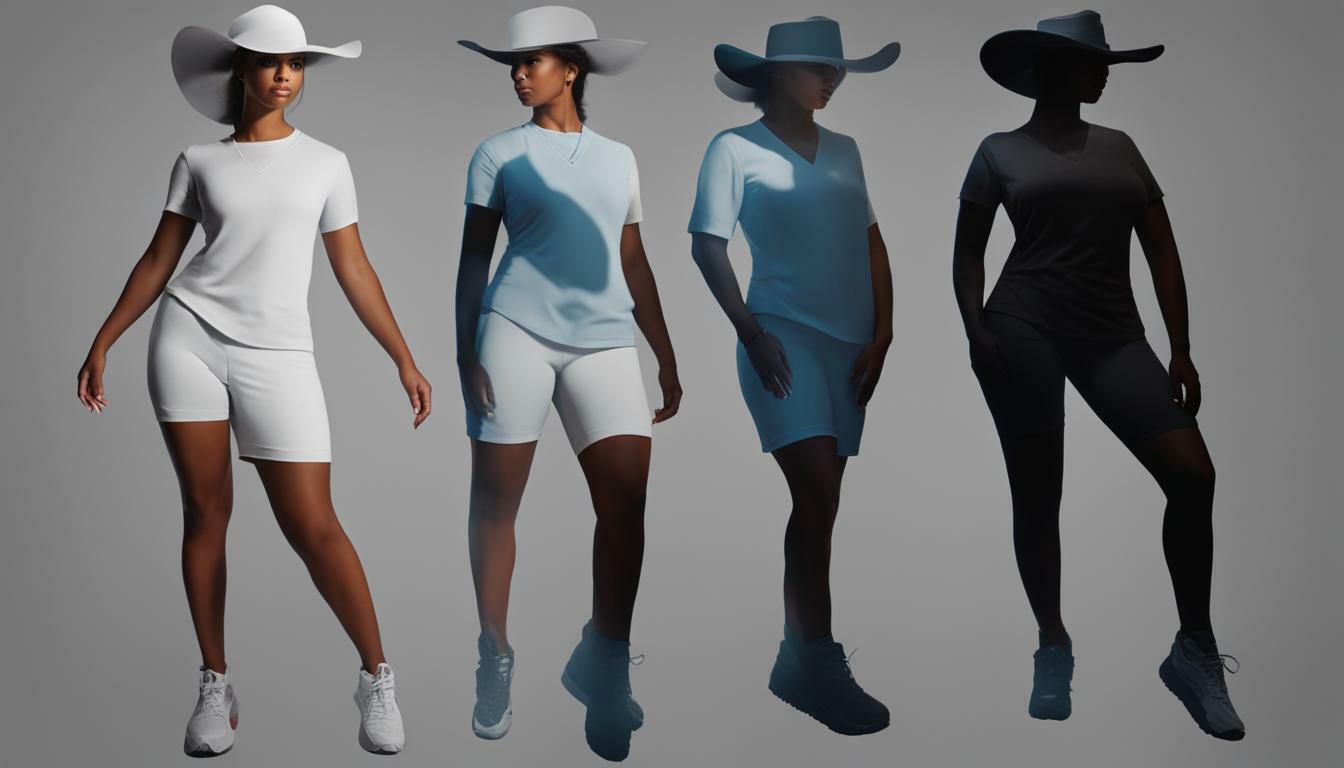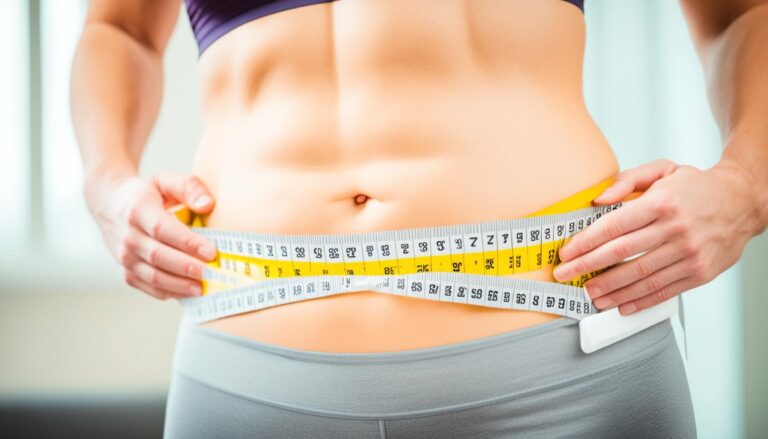Does Body Shape Change After 18?
Many people wonder if their body shape will change once they reach the age of 18. The answer is yes. As part of the natural aging process, our bodies undergo various physical changes. This phenomenon is often referred to as “second puberty,” even though it is not actual puberty. Hormones, genetics, and lifestyle choices are a few examples of the factors that can affect these changes.
In men, the physical changes that occur after 18 include achieving peak bone and muscle mass in their 20s. However, as they enter their 30s and 40s, they may experience declining bone and muscle mass, changing skin, graying hair, and even prostate growth. On the other hand, women also go through different physical changes. They reach their peak bone mass and muscle strength in their 20s, then experience perimenopause and declining bone and muscle mass in their 30s. Finally, in their 40s, women undergo menopause, which includes more rapid bone loss, decreasing height, weight gain, and irregular or no periods.
While these age-related body changes are inevitable, there are ways to minimize their effects. Practicing healthy habits like regular exercise, proper nutrition, managing chronic diseases, and attending regular health checkups can greatly contribute to maintaining a healthy body shape as we age.
Key Takeaways:
- The body shape does change as part of the natural aging process after the age of 18.
- Men may experience declining bone and muscle mass, changing skin, graying hair, and prostate growth as they age.
- Women go through perimenopause, menopause, and more rapid bone loss, resulting in decreasing height, weight gain, and irregular or no periods.
- Hormones, genetics, and lifestyle habits play a role in these age-related body changes.
- Practicing healthy habits such as regular exercise, proper nutrition, managing chronic diseases, and attending regular health checkups can help minimize the effects of aging on body shape.
Physical Changes in Adulthood
The journey from adolescence to adulthood brings about significant physical changes in the human body. It is during this phase that individuals experience the effects of puberty, which can have a lasting impact on their body shape and development. These changes are influenced by various factors, such as hormones, genetics, and lifestyle habits. Let’s explore some of the specific physical transformations that occur in adulthood.
In men, the twenties are a critical period for achieving peak bone and muscle mass. This is when they tend to have the most strength and vitality due to an increase in testosterone levels. However, as they enter their thirties and forties, the body undergoes gradual changes. Bone and muscle mass may begin to decline, leading to a decrease in strength and overall physical performance. Other common changes include alterations in skin elasticity, the appearance of gray hair, and the growth of the prostate. These changes are a natural part of the aging process.
Similarly, women go through distinct physical changes during adulthood. In their twenties, they reach their peak bone mass and muscle strength. However, as they enter their thirties, the body starts to undergo perimenopause, a transitional phase leading up to menopause. During this time, women may experience a decline in bone and muscle mass, as well as hormonal changes that can affect their overall well-being. In their forties, menopause sets in, accompanied by rapid bone loss, decreasing height, weight gain, and irregular or no periods. These changes can have a profound impact on a woman’s body shape and health.
Physical Changes in Men Vs. Physical Changes in Women
| Physical Changes in Men | Physical Changes in Women |
|---|---|
| Increase in bone and muscle mass during twenties | Peak bone mass and muscle strength in twenties |
| Gradual decline in bone and muscle mass in thirties and forties | Perimenopause in thirties, leading to menopause in forties |
| Changing skin and appearance of gray hair | Rapid bone loss, decreasing height, weight gain |
| Growth of the prostate | Irregular or no periods |
While these physical changes are a natural part of the aging process, individuals can take steps to minimize their impact. Regular exercise, including strength training, can help maintain muscle mass and bone density. Proper nutrition, especially consuming an adequate amount of calcium and vitamin D, is essential for bone health. Managing chronic diseases and attending regular health checkups are also crucial for overall well-being. By adopting these healthy habits, individuals can navigate the physical changes that come with adulthood and live a fulfilling and vibrant life.

Conclusion
In conclusion, body shape does change after the age of 18 as part of the natural aging process. This phenomenon, often referred to as “second puberty,” signifies a significant shift in physical characteristics that occurs in both men and women.
For men, these changes typically involve achieving peak bone and muscle mass in their 20s. However, as they enter their 30s and 40s, they may experience a decline in bone and muscle mass, along with other physical transformations like changing skin, graying hair, and prostate growth.
Similarly, women go through distinct physical changes as they age. In their 20s, they reach their peak bone mass and muscle strength. However, in their 30s, they may start to experience perimenopause, a phase characterized by declining bone and muscle mass. As women enter their 40s, they face menopause, which brings about more rapid bone loss, a decrease in height, weight gain, and irregular or absent periods.
It is significant to note that elements like hormones, genetics, and lifestyle choices can affect these changes. While the aging process cannot be halted, adopting and maintaining healthy habits can help minimize the effects. Regular exercise, proper nutrition, managing chronic conditions, and attending regular health checkups are crucial in mitigating the impact of aging on the body.
FAQ
Does body shape change after 18?
Yes, the body shape does change after the age of 18 as part of the natural aging process. This is known as “second puberty,” although it is not actual puberty.
What physical changes occur in adulthood?
In men, physical changes include achieving peak bone and muscle mass in their 20s, while in their 30s and 40s, they may experience declining bone and muscle mass, changing skin, graying hair, and prostate growth. Women also go through physical changes, including peak bone mass and muscle strength in their 20s, perimenopause and declining bone and muscle mass in their 30s, and menopause with more rapid bone loss, decreasing height, weight gain, and irregular or no periods in their 40s.
How can one minimize the effects of aging?
While the aging process cannot be prevented, practicing healthy habits like regular exercise, proper nutrition, managing chronic diseases, and attending regular health checkups can help minimize the effects of aging.






